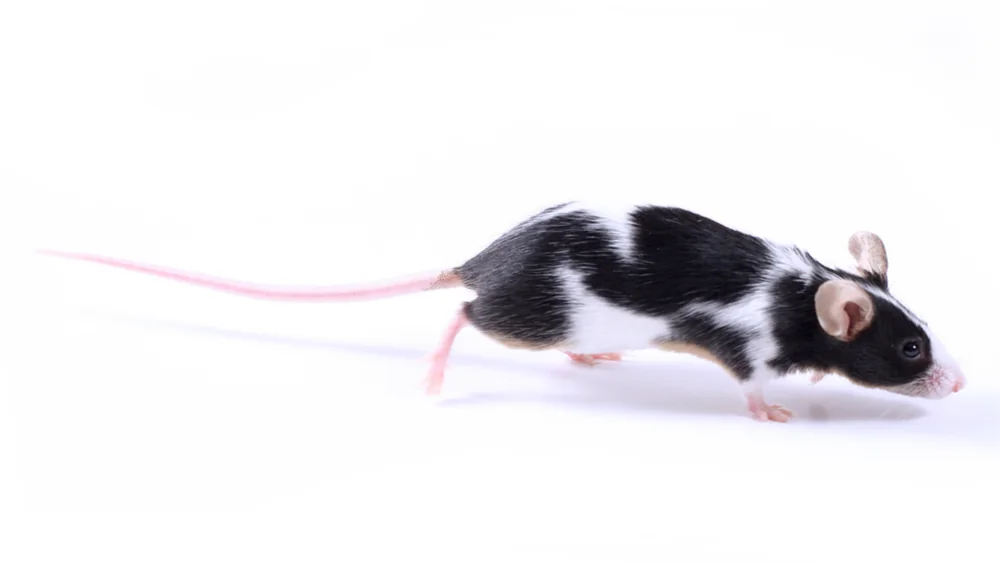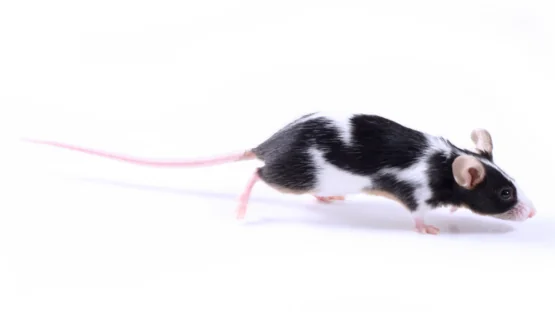Scientists have shown that a longevity-associated variant of the BPIFB4 gene protects cardiovascular health, including when introduced by viral vectors [1].
All you need is LAV
Among age-related pathologies, cardiovascular disease is the most prolific killer, claiming about 700,000 victims every year in the US alone and as many as 18 million worldwide. However, some people seem to be more protected from cardiovascular disease, even when taking all other factors into account, which shows a role of genetics.
However, the known protective genetic variants are currently few and far between. Recently, scientists have turned their attention to a specific longevity-associated variant (LAV) of the BPIFB4 gene, which has been linked to longer healthspan and fewer cardiovascular complications. This variant produces a distinct isoform of the BPIFB4 protein and is associated with more of this protein reaching blood and vascular cells, which seems to provide protection from atherosclerosis [2].
Improved cardiac function and vascularization
In this new study, the researchers first conducted an immunohistological analysis of heart tissues from ischemic heart failure (IHF) patients and healthy controls. They found that IHF hearts showed lower levels of BPIFB4 in cardiomyocytes and endothelial cells, which correlated with reduced capillary density and pericyte microvascular coverage; pericytes are cells that sit at intervals along blood vessels and are important for angiogenesis, the formation of new vessels. However, tissues taken from controls were considerably younger than the IHF group, with median ages of 46 and 63, respectively.
In the IHF group, pericyte coverage was the highest in patients that were homozygous for the longevity-associated variant of the BPIFB4 gene. The researchers then analyzed pericytes from either IHF or healthy hearts and found several differences that indicated more prevalent cellular senescence and more signs of oxidative damage in the IHF group. Predictably, IHF pericytes contained less BPIFB4 mRNA and protein.
The researchers wanted to see whether adding recombinant LAV-BPIFB4 to IHF pericytes in vitro would rescue those defects. The treatment did reduce cellular senescence, as measured by the frequency of Ki67-negative and γH2AX-positive cells, and of oxidative stress, as measured by oxidized lipofuscin. These effects were not observed with wild-type BPIFB4. However, both variants similarly decreased the levels of mitochondrial free radicals. The researchers then blocked BPIFB4 activity in cells via short interfering RNA, which led to an almost fourfold increase in senescence markers compared to controls.
Angiogenesis is based on the ability of epithelial cells to form sprout-like structures that will become new vessels. Angiogenesis is important for cardiovascular health and is impaired in older people [3]. Therefore, in their next experiment, the researchers induced replicative senescence in HUVECs (human umbilical vein epithelial cells) and then treated them with LAV-BPIFB4 protein.
The treatment significantly increased the network-forming ability of both healthy and senescent HUVECs and caused changes in the proteome, boosting the expression of pro-angiogenic factors and decreasing that of pro-inflammatory factors. It also largely restored the migration capacity of senescent HUVECs.
Introducing the variant in vivo
For an in vivo experiment, the researchers injected B6 mice with viral vectors containing either vehicle, wild-type BPIFB4, or LAV-BPIFB4. The latter group demonstrated better cardiac fitness as measured by stroke volume and preserved ejection fraction. Diastolic function, which was mildly compromised in middle-aged mice, was improved by the LAV-BPIFB4 treatment.
Capillary and arteriole density was also increased in cardiac sections of LAV-treated mice vs controls. This effect correlated with higher PC coverage and density as well as with reduced senescent cell prevalence.
The research also conducted a similar experiment with aged mice that had impaired cardiac function compared to middle-aged mice from the previous experiment and demonstrated a trend towards further deterioration. Here too, LAV-BPIFB4, but not wild-type BPIFB4 or vehicle, either maintained or improved systolic function parameters. LAV treatment also significantly reduced myocardial fibrosis.
Conclusion
Geroscientists are on a hunt for longevity-associated gene variants, but for now, we only know a handful of them, such as APOE2, which is associated with protection against Alzheimer’s disease [4]. This study investigates the effects of the longevity-associated variant of the BPIFB4 gene, proving that it protects cardiovascular health and providing a glimpse into some of the mechanisms at play. The in vivo part is of particular importance, as it shows that longevity-associated gene variants can be introduced into mammalian models by viral vectors and provide similar protection as when occurring naturally.
Literature
[1] Cattaneo, M., Beltrami, A. P., Thomas, A. C., Spinetti, G., Alvino, V., Avolio, E., … & Madeddu, P. (2023). The longevity-associated BPIFB4 gene supports cardiac function and vascularization in aging cardiomyopathy. Cardiovascular Research.
[2] Villa, F., Carrizzo, A., Ferrario, A., Maciag, A., Cattaneo, M., Spinelli, C. C., … & Puca, A. A. (2018). A model of evolutionary selection: the cardiovascular protective function of the longevity associated variant of BPIFB4. International Journal of Molecular Sciences, 19(10), 3229.
[3] Lähteenvuo, J., & Rosenzweig, A. (2012). Effects of aging on angiogenesis. Circulation research, 110(9), 1252-1264.
[4] Li, Z., Shue, F., Zhao, N., Shinohara, M., & Bu, G. (2020). APOE2: protective mechanism and therapeutic implications for Alzheimer’s disease. Molecular Neurodegeneration, 15(1), 63.





